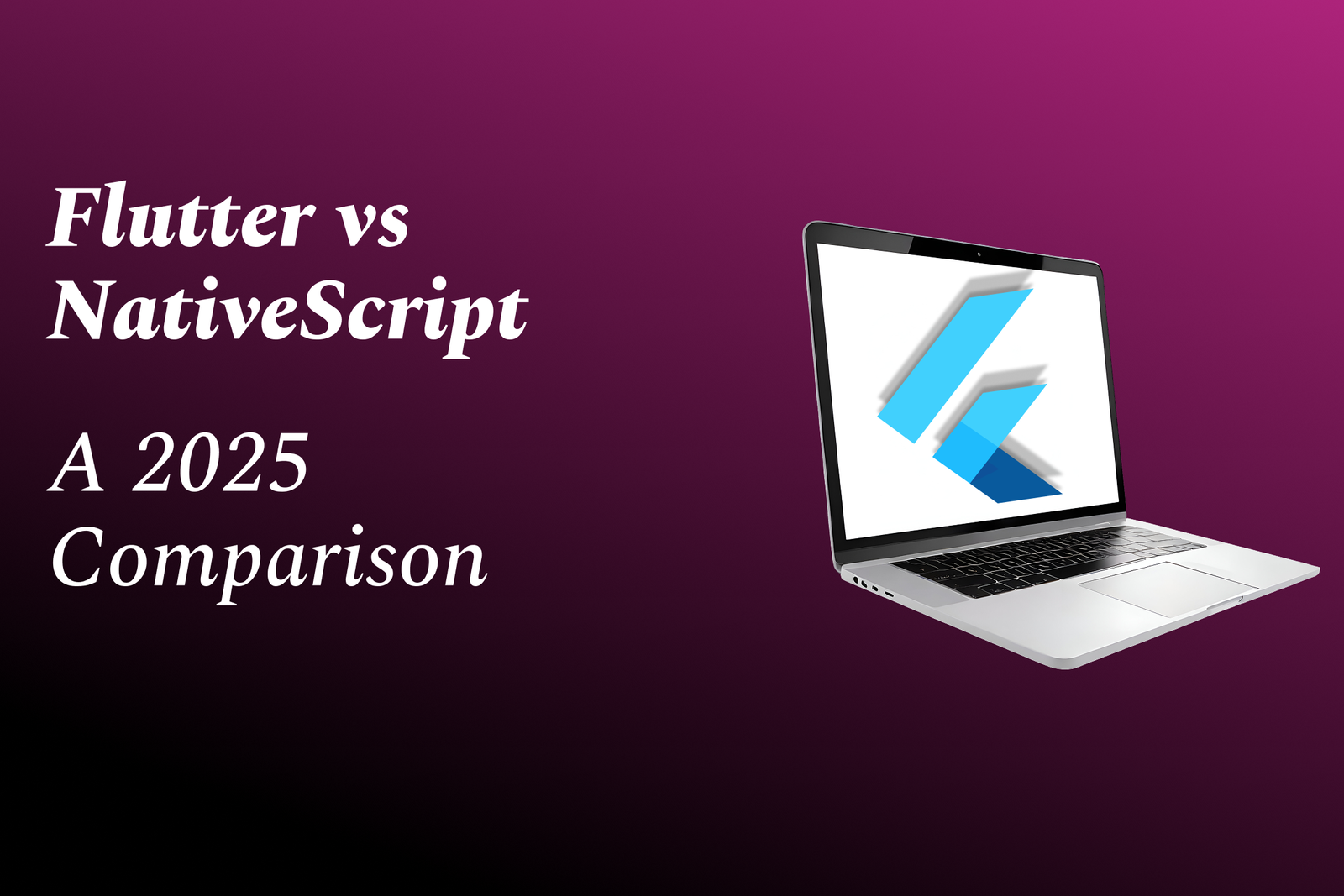Java Microservices
Building Scalable Applications with Java Microservices
Java Microservices
Java Microservices refer to a software architectural style that structures an application as a collection of small, loosely coupled, and independently deployable services, each running in its own process and communicating over a network, typically through APIs. This approach allows teams to develop, test, deploy, and scale each microservice independently, facilitating agility and rapid innovation. Java, with its robust ecosystem, frameworks like Spring Boot and MicroProfile, and tools for building, deploying, and managing microservices, is widely used in the development of microservices-based applications. This architecture enhances modularity, promotes reusability, and enables continuous delivery and deployment practices, making it a popular choice for building modern enterprise applications.
To Download Our Brochure: https://www.justacademy.co/download-brochure-for-free
Message us for more information: +91 9987184296
1 - Microservices Architecture: Understand the core concept of microservices, which refers to the architectural style that structures an application as a collection of loosely coupled services. Each service is focused on a specific business capability.
2) Java Spring Boot: Learn about Spring Boot, a popular framework for building microservices in Java. It simplifies the development of new applications and eliminates boilerplate code.
3) RESTful Services: Explore RESTful conventions for creating APIs that allow microservices to communicate with each other over HTTP, including the use of standard HTTP methods.
4) Service Discovery: Gain insight into how services can automatically discover each other in a microservices architecture using service discovery tools like Eureka or Consul.
5) API Gateway: Learn about the role of an API Gateway in microservices, which acts as a single entry point for requests, handling routing, load balancing, and security.
6) Containerization with Docker: Understand how to containerize Java microservices using Docker to ensure consistency across development, testing, and production environments.
7) Orchestration with Kubernetes: Dive into Kubernetes for managing containerized applications. Learn about automated deployment, scaling, and management of microservices.
8) Data Management: Discuss the challenges of data management in microservices, including the need for decentralized data storage and strategies like the Database per Service pattern.
9) Inter Service Communication: Explore various protocols for communication between microservices, such as HTTP/REST, gRPC, and messaging queues (e.g., RabbitMQ, Kafka).
10) Security Practices: Learn about best practices for securing microservices, including authentication, authorization, and the use of API tokens or OAuth.
11) Monitoring and Logging: Cover the importance of monitoring and logging in a microservices architecture. Tools like Prometheus, Grafana, and ELK stack are typically introduced.
12) Circuit Breaker Pattern: Understand the circuit breaker pattern to handle failures gracefully in microservices, preventing the entire system from being affected by one failing service.
13) Testing Microservices: Explore testing methodologies suited for microservices, including unit testing, integration testing, and end to end testing.
14) Versioning Services: Learn about versioning strategies for APIs to manage changes without disrupting existing services or clients.
15) Service Scaling: Discuss scaling strategies, including horizontal scaling (adding more instances of a service) and vertical scaling (adding more resources to a service).
16) Deployment Strategies: Examine various deployment strategies like blue green deployment and canary releases, which minimize downtime and risk during updates.
17) Event Driven Architecture: Understand the role of event driven architectures in microservices, where services communicate via events rather than direct calls, leading to better decoupling.
18) Best Practices and Anti Patterns: Discuss common best practices for developing microservices as well as anti patterns to avoid, ensuring more maintainable and resilient systems.
19) Real world Case Studies: Analyze real world examples of companies successfully implementing Java microservices, discussing their architecture and the challenges they faced.
20) Hands on Projects: Engage students with practical projects that involve building and deploying their own microservices, reinforcing learning through hands on experience.
This outline provides a structured approach for teaching Java Microservices to students and equips them with essential skills and knowledge to thrive in modern software development environments.
Browse our course links : https://www.justacademy.co/all-courses
To Join our FREE DEMO Session: Click Here
Contact Us for more info:
python programming tutor
pmp prince2
full stack mern
Flutter Training in Jammu
Flutter Training in Dhanbad











